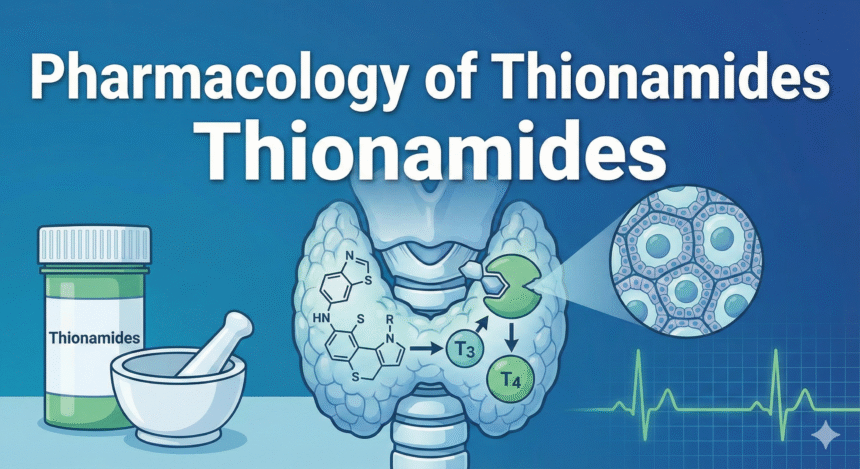Structure-Activity Relationship (SAR)
Introduction to Structure-Activity Relationship (SAR) Understanding SAR: Definition and Importance The Structure-Activity Relationship (SAR) is a critical concept in medicinal chemistry and pharmacology, referring to the relationship between a chemical…
Pharmacology of Ketamine: A Comprehensive Guide
Introduction to Ketamine Ketamine, a compound initially synthesized in 1962, marked a significant milestone in anesthetic medicine. Developed as an alternative to phencyclidine (PCP), ketamine was first used in clinical…
Pre-Anesthetic Medication in Clinical Practice
Introduction Pre-anesthetic medications (premedicants) have been integral to anesthetic practice since the early days of surgical anesthesia. Their rational use is essential for improving patient comfort, reducing perioperative morbidity, minimizing…
Intravenous Anesthetics
Introduction Understanding Intravenous Anesthetics Intravenous anesthetics are a class of drugs used to induce and maintain anesthesia, administered directly into the bloodstream. They are essential for rapid induction of anesthesia,…
General anesthetics
Introduction Understanding General Anesthetics General anesthetics are a diverse group of drugs used to induce a reversible loss of consciousness, providing pain relief and muscle relaxation during surgical procedures. They…
Inhalation Anesthetics
Introduction Inhalation anesthetics play a central role in modern anesthesia, enabling practitioners to achieve and maintain general anesthesia during surgical procedures. Unlike intravenous agents, which rapidly induce unconsciousness, inhalation anesthetics are administered via…
Pharmacology of Thionamides
Introduction Among the oldest and most widely used agents for hyperthyroidism, thionamides (alternatively “thioureas”) remain essential in patient care. These medications include propylthiouracil (PTU), methimazole, and carbimazole, commonly referred to as antithyroid or thyroid-inhibiting drugs (Goodman & Gilman, 2018). Their…
Tocilizumab: The Humanized IL-6 Receptor Inhibitor
Tocilizumab, a humanized monoclonal antibody designed to target the IL-6 receptor, is revolutionizing the treatment of several inflammatory conditions. This comprehensive guide provides insights into how tocilizumab works, its uses,…
Artificial Intelligence (AI)’s Role in Customized Healthcare
Introduction The advent of Artificial Intelligence (AI) in the medical field is paving the way for a paradigm shift from the conventional one-size-fits-all approach to a more tailored and personalized…
Antiretroviral Drugs
Introduction Antiretroviral drugs have revolutionized the treatment of HIV, turning what was once a fatal diagnosis into a manageable chronic condition. These medications, central to HIV treatment and management, work…
















